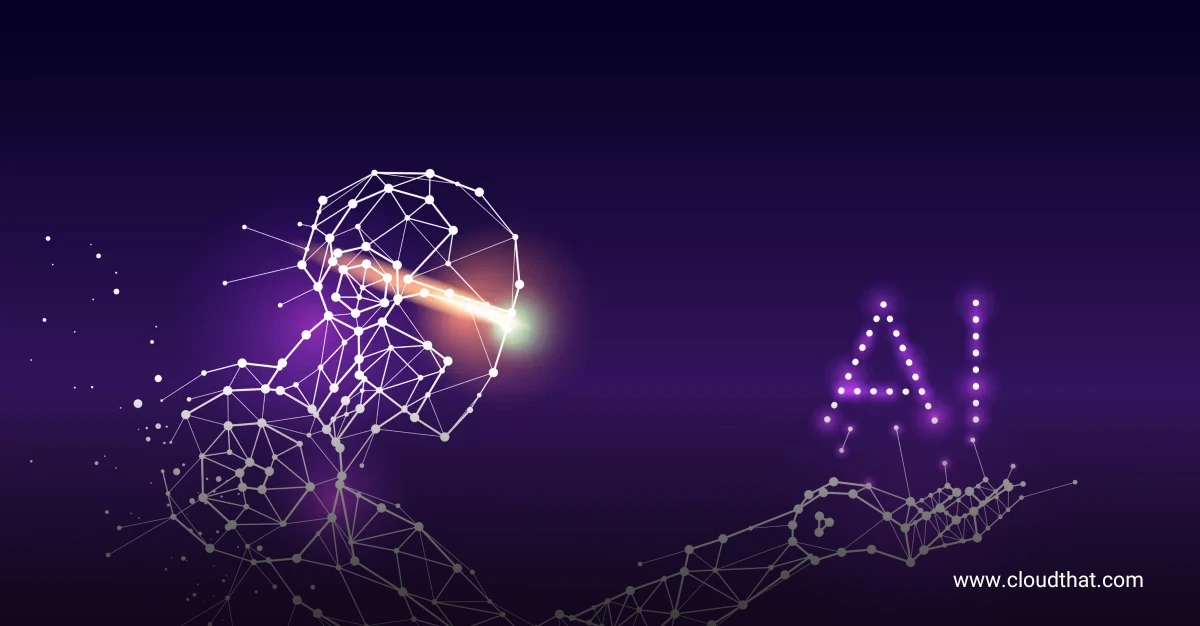|
Voiced by Amazon Polly |
Overview
In the fast-changing world of web development, GraphQL stands out as a game-changer. Created by Facebook, it redefines how we create and use APIs, offering a more efficient and flexible way to fetch data. This blog post will dive into the key features, uses, and benefits that make GraphQL a top pick for today’s web development.
Pioneers in Cloud Consulting & Migration Services
- Reduced infrastructural costs
- Accelerated application deployment
Introduction
As we explore GraphQL further, we’ll see why it’s unique in the web tech world. It’s not just about getting more data; it’s about getting the data you want, making things simpler for everyone involved in web development. With GraphQL, it’s like having a menu for data – you order what you need!
Features of GraphQL
- Flexible Data Retrieval
GraphQL hallmark feature lies in its ability to enable clients to request only the specific data they need. This not only enhances performance but also eliminates unnecessary data fetching. This feature is particularly beneficial for scenarios where bandwidth is a critical factor.
- Strong Typing System
The robust typing system of GraphQL, enforced by a well-defined schema, ensures a clear and structured contract between the client and the server. This promotes consistency and reliability in the development process, reducing the likelihood of runtime errors.
- Real-time Capabilities
Introducing subscriptions in GraphQL takes API development to the next level by enabling real-time data streaming. This is especially advantageous for applications that require live updates, such as chat applications or collaborative editing platforms.
- Tooling and Libraries
The GraphQL ecosystem has tools and libraries designed to streamline the development process. From Apollo Client to Relay, these tools enhance the developer experience and contribute to the overall efficiency of GraphQL-based projects.
Use Cases
- Microservices Architecture
GraphQL’s flexibility shines in a microservices environment, allowing clients to aggregate data seamlessly from multiple services in a single query. This feature simplifies data retrieval in complex architectures.
- Mobile App Development
In the realm of mobile app development, where bandwidth and data transfer efficiency are critical, GraphQL’s efficiency makes it an ideal choice for crafting high-performing applications. The ability to request only necessary data minimizes the impact on mobile network usage.
- Complex Data Relationships
GraphQL excels in scenarios involving complex relationships between different pieces of data. Its intuitive query language provides a seamless way to navigate and retrieve information, making it suitable for projects with intricate data structures.
Comparing GraphQL to Other Technologies

Conclusion
GraphQL stands as a transformative force in API development. Its emphasis on efficiency, flexibility, and real-time capabilities makes it a compelling choice for developers across diverse domains. Whether working on a small project or a large-scale application, the principles of GraphQL provide a scalable foundation that adapts to evolving needs, ensuring a seamless and future-proof development experience.
Drop a query if you have any questions regarding GraphQL and we will get back to you quickly.
Making IT Networks Enterprise-ready – Cloud Management Services
- Accelerated cloud migration
- End-to-end view of the cloud environment
About CloudThat
CloudThat is an award-winning company and the first in India to offer cloud training and consulting services worldwide. As a Microsoft Solutions Partner, AWS Advanced Tier Training Partner, and Google Cloud Platform Partner, CloudThat has empowered over 850,000 professionals through 600+ cloud certifications winning global recognition for its training excellence including 20 MCT Trainers in Microsoft’s Global Top 100 and an impressive 12 awards in the last 8 years. CloudThat specializes in Cloud Migration, Data Platforms, DevOps, IoT, and cutting-edge technologies like Gen AI & AI/ML. It has delivered over 500 consulting projects for 250+ organizations in 30+ countries as it continues to empower professionals and enterprises to thrive in the digital-first world.
FAQs
1. How does GraphQL differ from REST?
ANS: – GraphQL changes how data is fetched. Unlike REST, which uses fixed endpoints, GraphQL lets clients request only the needed data, avoiding over-fetching and under-fetching issues.
2. Can I use GraphQL with my existing database?
ANS: – Certainly! GraphQL seamlessly integrates with any relational, NoSQL, or multiple sources, making it adaptable to your current setup.
3. Is GraphQL suitable for small projects, or is it more suited for large-scale applications?
ANS: – GraphQL fits well in projects of any size. It’s simple and flexible for smaller tasks and robust for large applications, offering scalability as your project grows.

WRITTEN BY Anusha
Anusha works as a Subject Matter Expert at CloudThat. She handles AWS-based data engineering tasks such as building data pipelines, automating workflows, and creating dashboards. She focuses on developing efficient and reliable cloud solutions.


 Login
Login


 November 22, 2023
November 22, 2023 PREV
PREV










Comments